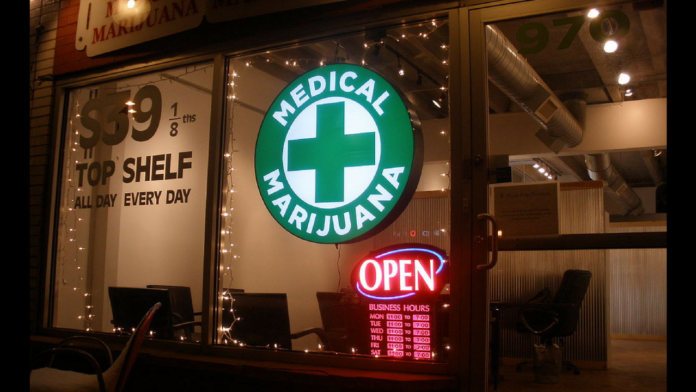ST. PAUL, Minn. – Effective August 1, post-traumatic stress disorder (PTSD) will be added to the list of conditions under which Minnesotan patients can participate in the state’s medical marijuana program.
Under a law passed in 2014, a number of conditions were explicitly defined by the legislature as acceptable conditions under which patients can apply to use medical marijuana for relief. The law then also grants the Minnesota commissioner of health the power to add additional conditions to the list.
In 2015, Commissioner Edward Ehlinger added intractable pain to the list of conditions, with an effective date of August 1, 2016. Starting August 1 of this year PSTD will be acceptable as well, in spite of strong objections by the U.S. Department of Veterans Affairs.
“The belief that marijuana can be used to treat PTSD is limited to anecdotal reports from individuals with PTSD who say that the drug helps with their symptoms,” states the VA’s website. “There have been no randomized controlled trials, a necessary “gold standard” for determining efficacy.”
Currently 29 states and Washington D.C. have some form of legalized use of medical marijuana. Only some of these states included PTSD as a qualifying condition for medical usage.
As of the end of June, there are 7,721 approved enrollees in Minnesota’s medical marijuana program. That number spiked sharply in August 2016 following the addition of intractable pain, more than doubling by December according to a January Minnesota Department of Health Report.
According to that report, 57 percent of all Minnesotans received medical marijuana due to intractable pain. Muscle spasms and cancer and cancer treatment effects followed distantly at 23 percent and 14 percent respectively. At the time of the report there were only 4,017 active participants in the program, where as there are currently 6,184 active participants according to the Minnesota Department of Health.











